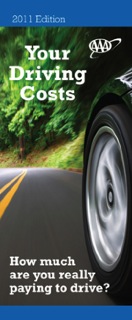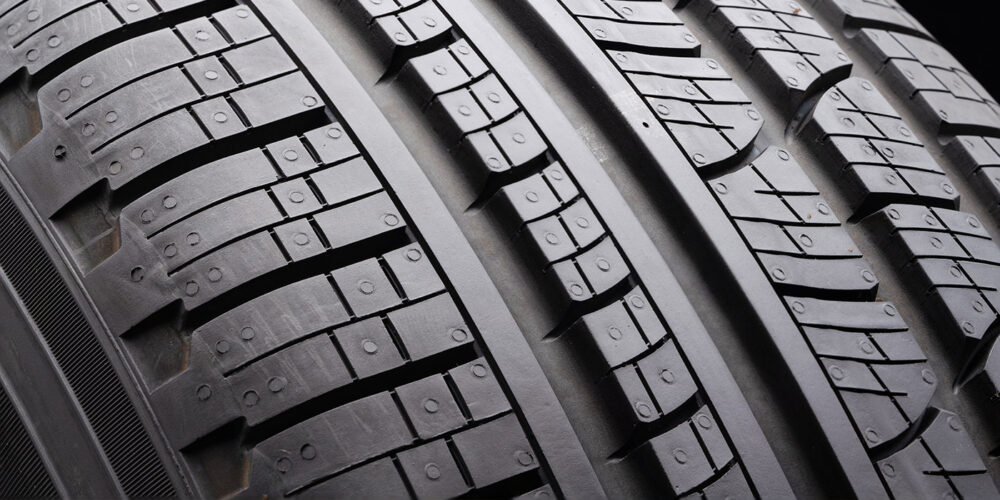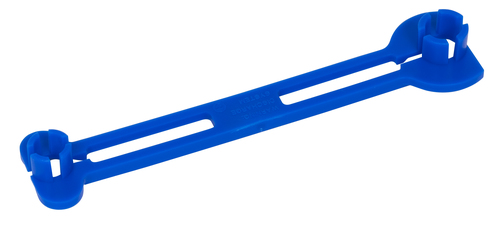 AAA recently released the results of its annual “Your Driving Costs” study, revealing a 3.4% rise in the yearly costs to own and operate a sedan in the U.S. The average costs rose 1.9 cents per mile to 58.5 cents per mile, or $8,776 per year, based upon 15,000 miles of annual driving.
AAA recently released the results of its annual “Your Driving Costs” study, revealing a 3.4% rise in the yearly costs to own and operate a sedan in the U.S. The average costs rose 1.9 cents per mile to 58.5 cents per mile, or $8,776 per year, based upon 15,000 miles of annual driving.
“Despite seeing reduced costs for maintenance and insurance this year, there is an overall increase in the costs to own and operate a vehicle in the U.S. this year,” said John Nielsen, AAA national director of auto repair, buying and consumer programs. “The 2011 rise in costs is due to relatively large increases in fuel, tire and depreciation costs as well as more moderate increases in other areas.”
In-depth findings of this year’s study, including a breakdown of specific costs for each category of vehicle and costs at different annual mileages are available at select local AAA branch offices or may be downloaded at www.aaapublicaffairs.com/Main.
Rolling Increase
According to AAA, the cost of tires had the largest percentage increase, rising 15.7% to 0.96 cents per mile on average for sedan owners. The rise in costs of raw materials, energy and transportation has led to notable tire price increases in recent years and 2011 is no exception. Also contributing to higher average tire costs is a trend by automakers to equip their sedans with premium-grade tires as original equipment.
Improved Fuel Economy Vs. Gas Prices
While several vehicles included in the study had increases in fuel economy, it was not enough to offset the rise in gas prices, which caused fuel costs to increase 8.6% to 12.34 cents per mile on average for sedans.
Work on the 2011 “Your Driving Costs” study began in December 2010 and calculated fuel costs when the national average price for regular unleaded gasoline was $2.88 a gallon at that time. Today, that cost is closer to $4 a gallon.
“The study is meant to provide an overview of the yearly costs involved in owning and operating a vehicle. Some of those costs can fluctuate greatly at different points during the year, such as what we have experienced since the middle of February with the price of fuel, however these figures can still be used to compare categories of vehicles,” explained Nielsen.
Depreciation continues to be the largest cost for vehicle owners, and yet it is frequently the most overlooked by consumers determining the cost of owning and operating a vehicle. The 2011 AAA study found a 4.9% increase in depreciation costs, averaging $3,728 yearly for sedans driving 15,000 miles annually.
However, both maintenance and insurance costs are lower in the 2011 “Your Driving Costs” study. Maintenance costs dropped 2.2% to 4.44 cents per mile on average for sedans, reflecting a trend by automakers to include some portion of scheduled maintenance in the purchase price and extending recommended maintenance intervals.
All categories had lower costs for maintenance, but the minivan category had the largest drop with a 7.4% decline to 4.5 cents per mile.
Average insurance costs for sedans fell 6.1% (or $63) to $968 yearly. Insurance rates vary widely with driver, driving habits, issuing company and geographical region. AAA insurance cost estimates are based on a low-risk driver with excellent records, and for 2011, this group was rewarded with premium decreases that offset increases that took place in 2010.
While all categories experienced declines, the large sedan and minivan categories had the largest cost savings.
61st Year of the Study
AAA has published “Your Driving Costs” since 1950. That year, driving a car 10,000 miles per year cost 9 cents per mile, and gasoline sold for 27 cents per gallon.
Ownership costs factored into the current study include the cost of insurance, license and registration fees, taxes, depreciation and finance charges. Operational costs in the study include fuel, maintenance and tires.
To conduct its study, AAA’s auto buying and auto repair experts compiled detailed driving costs for small, medium and large sedans. Driving costs in each category are based on the average costs for five top-selling models selected by AAA.













